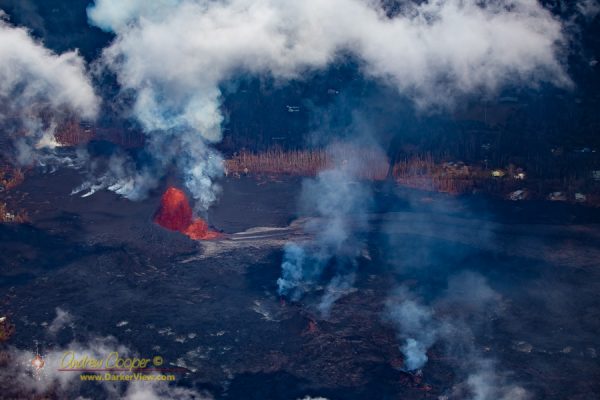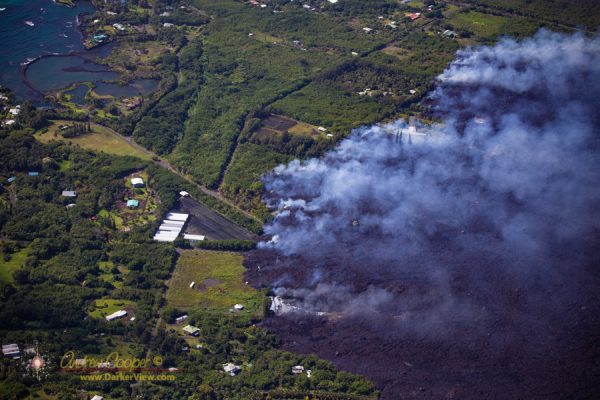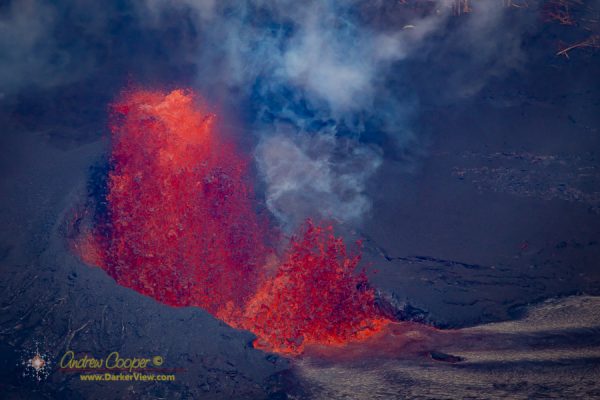
Tag: Puna
The End in Sight?
When will this eruption end? The answer to that is a question many are asking on this island. Today we might just be seeing the answer.

Even more interesting is the deformation data from the summit.
Please Define Normal
We are now more than two months into this new eruption from Kilauea. Two months ago the fissures opened in the Leilani Estates subdivision and homes began to burn.
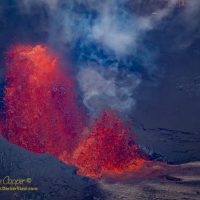
For those of us outside the eruption zone things are not quite as immediate. We read the daily news, peruse images of helicopter overflights each morning, and wonder when it will be over.
The multiple county civil defense status reports and various emergency alerts that pop up on our phones each day provide current information… A bit of the Mamalahoa Highway has collapsed in Volcano Village with a one lane restriction, the road to Kalapana has re-opened, there is no tsunami threat from that last 5.4 magnitude earthquake.

For the most part these events pass unnoticed by much of the island. The volcano area gets shaken up pretty well, but these fifth magnitude quakes are often not felt very far beyond that.
On the summit of Mauna Kea these daily quakes often do disturb the telescopes at night, bumping the tracking and ruining exposures, but otherwise too weak to cause any damage to the facilities.
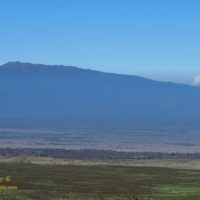
When the vog is bad you not only see it, you smell the sulfur, it irritates eyes and nasal passages. Fire and brimstone reaches out to touch us all.
While the vog makes for spectacular sunsets, the vog can also be thick enough to curtail outside activity. A day like today, with brisk trade-winds to clear it away, is a welcome relief.
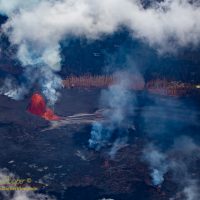
I have not attempted to go to photograph the lava river, despite a very strong desire to do so. The county and state have repeatedly talked about opening a lava viewing area. while there is a great deal of pressure from the community, so far nothing has materialized.
We are so ready for this eruption to be over.
Given the collapse of the summit caldera and the enormous volume of lava emitted so far, it may be possible that when this is over there will be no further eruption for a while. It may take a while for the volcano to recharge, perhaps a year or two. Will we return to the pattern of intermittent eruptions that was seen through much of the 20th century?
Lava Fountain
The Wai‘ōpae Tide Pools
One of the most beautiful places on the island is gone.

And they were popular, on any given day a couple dozen locals and tourists could be seen exploring the pools. You could swim across one or two, then have to climb across a few feet of old pahoehoe lava to drop into the next. The more adventurous were rewarded with even richer coral in the outermost pools where the ocean waves created more challenging swimming conditions.
Kapoho is Doomed
Burning Farms
One of the most poignant scenes we witnessed was the many farms destroyed by the lava
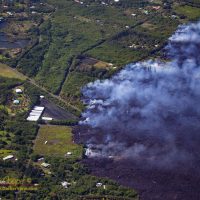
Houses are bad enough, seeing the farms in front of the lava flow was worse. I found myself looking through the telephoto lens at the neat greenhouses, the orchards green in the morning sunlight. The wide flow front was in the process of destroying so many farms, remorselessly moving through the neat rows of papaya trees.

Lava Fountain
To See The Eruption
How to get a good look at this eruption? Not a trivial question. The neighborhoods involved are under mandatory evacuation orders enforced by police and National Guard checkpoints. Quite a few people have been arrested and cited while trying to get closer to the lava.

This is the first major change in the eruptions of Kilauea in decades. This eruption features phenomena seen in the old documentaries, lava fountains hundreds of feet high, huge flows cutting through the rainforest. Things I have always wanted to see.
As much as I would like to visit, we have simply not tried to get into lower Puna. It is just not pono to interfere with residents frantically trying to salvage whatever they can ahead of the flows, or emergency services already overburdened with the ongoing situation.
Two legal ways exist for visitors to get a closer look… Fly or float. Either take a helicopter ride over the eruption, or take one of the lava boats to an ocean entry.
The boats have resumed tours, but active ocean entries have been sporadic, running for a week, then stopping. As of Monday morning the lava has re-entered the ocean at Kapoho Bay, and is again view-able from the water. The boat runs also involve a fairly long run all the way from Hilo harbor. The boat ramp the tours once used at Pohoiki now cut off by the flows.
Continue reading “To See The Eruption”
